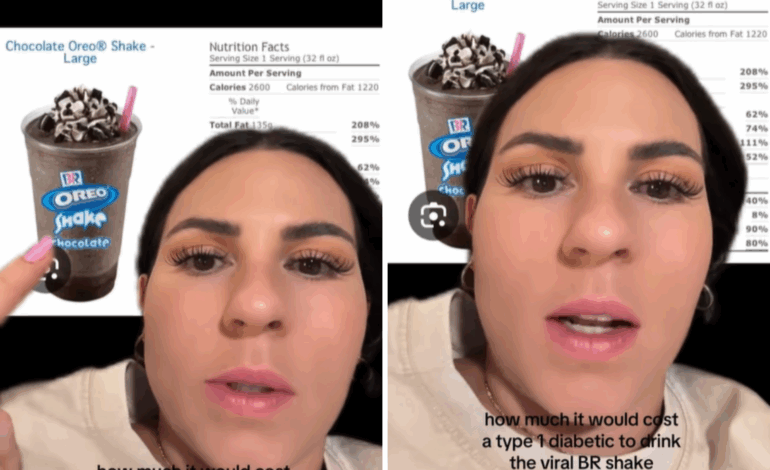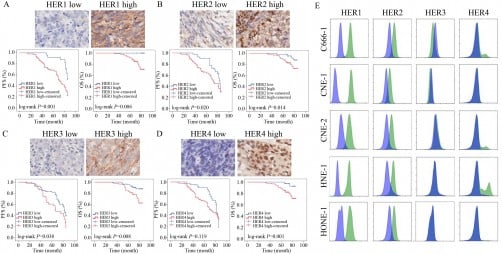Diabetic Woman Highlights Risks of Viral 2,600-Calorie Milkshake

A woman with type 1 diabetes recently went viral after calculating the insulin dosage required for consuming a milkshake that boasts an astounding 2,600 calories. Addy Tayler, 26, from Glendale, Arizona, who was diagnosed with this chronic condition in 2022, shared her insights through a video posted on her Instagram account @addytayler_t1d. Her video underscores the complexities of managing diabetes while navigating food choices.
Tayler’s revelation stems from her newfound awareness of nutrition following her diagnosis. “I see a lot of videos on TikTok about crazy foods people eat,” she commented to Newsweek, adding that she never considered the implications of such foods until she had to monitor her carbohydrate intake. With type 1 diabetes, where the pancreas produces little or no insulin, individuals must be vigilant about their diet to avoid severe complications, including heart disease and nerve damage.
The milkshake in question, a chocolate Oreo flavor offered by Baskin-Robbins in 2009, was notorious for its extreme nutritional profile: a 32 fluid ounce serving contains 333 grams of carbohydrates, 59 grams of saturated fat, and 185 mg of cholesterol. Although this drink is no longer available, its nutritional details have remained part of dietary discussions online.
In her video, Tayler calculated that consuming the milkshake would necessitate a “bare minimum” of 33 units of insulin. The high fat content could lead to delayed blood sugar spikes, which she warned could keep her blood sugar elevated for days. This calculation prompted her to also consider the financial implications; with her insulin costing $312.50 per vial without insurance, the total cost of consuming the drink would amount to approximately $15.63 just for the insulin required.
The video resonated with many viewers, garnering over 82,000 likes and sparking a wave of comments. While some expressed disbelief at the potential blood sugar impact, others shared their own concerns about the health risks associated with such high-calorie foods.
Tayler emphasized her hope that her experience would raise awareness about the nutritional value of foods. “I think that most people are probably unaware of nutrition facts and have no idea how to read them,” she stated. This lack of knowledge is not uncommon; many individuals are not taught how to interpret nutritional information, leading to unintentional unhealthy choices.
Even though Tayler manages to enjoy a variety of foods by calculating her insulin needs, she acknowledged that consuming something like the Baskin-Robbins milkshake would be “very dangerous.” She explained that insulin can act unpredictably, working over a period of about four hours, while high-fat foods can complicate blood sugar management due to their delayed digestion.
In conclusion, Tayler’s experience serves as a powerful reminder of the importance of understanding nutrition, especially for those with chronic health conditions. Her insights not only highlight the daily challenges faced by individuals with type 1 diabetes but also encourage broader conversations about dietary awareness and health literacy.






